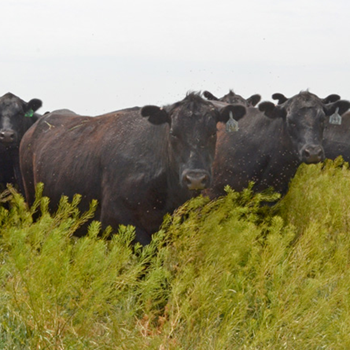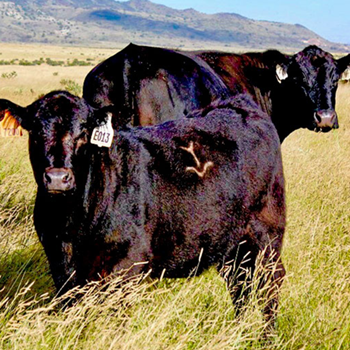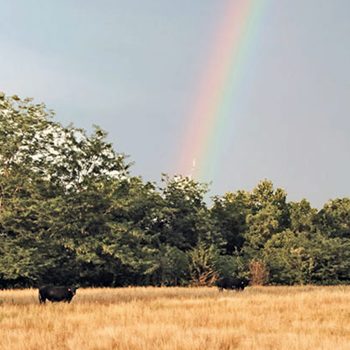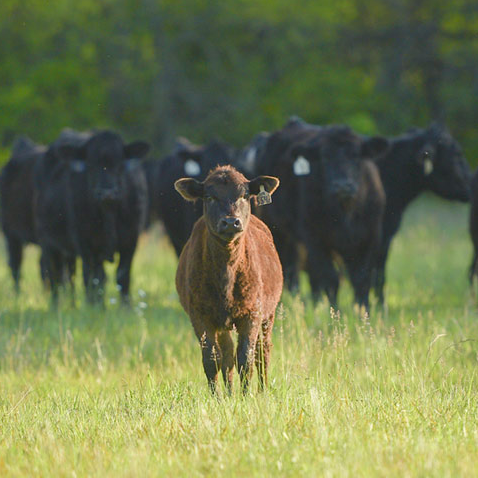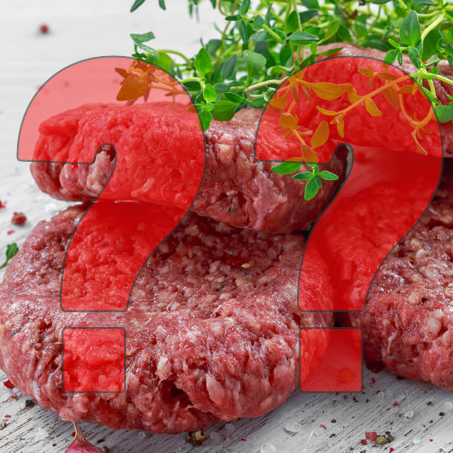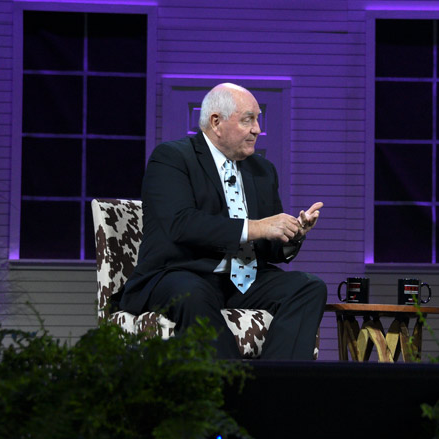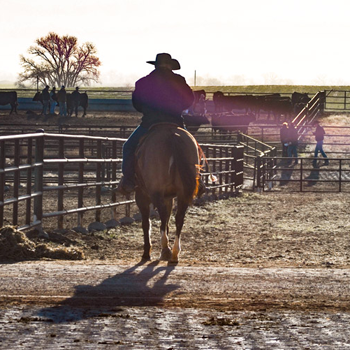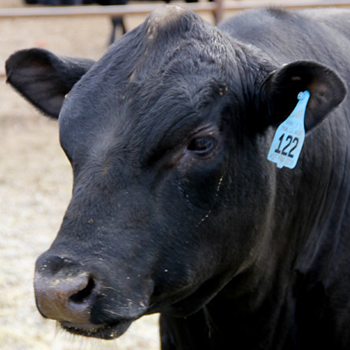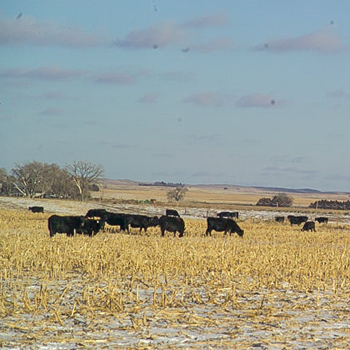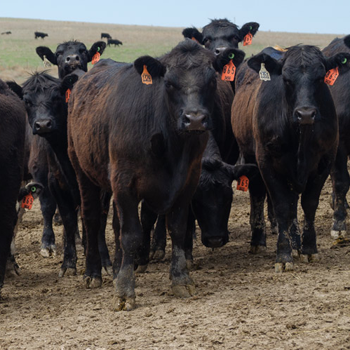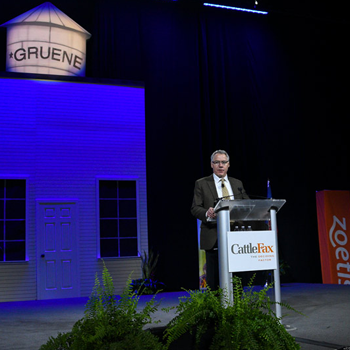In the Cattle Markets
Wild swings.
The end of February brought extreme price moves and incredible volatility to the cattle markets, caused by potentially lower beef demand from coronavirus concerns and the related effects on the financial markets. The cattle effects were lower cash prices, sharply lower futures prices and sharply higher options premiums. The nearby futures contracts were affected more than the deferred contracts.
The April live-cattle futures price fell more than $10 per hundredweight (cwt.) for the week ending Feb. 28. Friday trading volume jumped from 33,950 to 44,239 April contracts from a week earlier, while the open interest increased for the week. This may be an indication that some hedgers rushed to price cattle in the (now) nearby contract. The December futures price fell by more than $5 per cwt. during the week and its Friday volume was lower than a week earlier, while open interest fell. Price declines in the feeder futures followed a similar pattern.
Cash prices for the week followed futures lower. The fed-cattle price was $114.85 for the week, down $4.86 from a week earlier. The CME Feeder Cattle Index was trending lower throughout the week. Forward contract volumes of fed cattle totaled 34,543 head, up from a week earlier. It is too early to assess how those in the futures market reacted. The commitment of traders, released Fridays, reflects volume as of Tuesdays. Thus, most of the last week of February was not reflected in the breakdown of open interest. Neither managed money nor producers (feedyards and packers) had a large change in open interest for that week. If money was moved to safer assets, then the managed funds will likely show a lower open interest level on Friday of the first week of March.
The other factor making hedging difficult is the spike in implied volatility throughout last week. Prices fell and uncertainty increased, pushing option premiums higher. From the settle Feb. 21 to Feb. 28, 2020, the implied volatility for at-the-money options on the nearby contracts almost doubled, from 15.5% to 30.0% on live cattle and from 12.3% to 21.0% on feeder cattle. The implication was that effective floor prices for put option hedges fell, as futures prices fell and put premiums increased (even though time had passed). The volatility also increased across strike prices, suggesting concern by option sellers that futures prices could either rebound quickly or move further lower.
Those looking to lay off or avoid risk in such an environment face steep cost increases and likely disappointing coverage levels. If possible, waiting or delaying pricing or protection would be prudent from a cost standpoint, but would also continue to leave one open to the risk of prices changing further. The specifics matter also, as the April feeder-cattle volatility was higher than the surrounding months, which could possibly be avoided for sellers or buyers of feeder cattle. The deferred contracts have not had as much of a volatility increase. Thus, it may make sense to place some protection in those months. If cattle must be priced, consider a synthetic put, which is the combination of selling a futures position and buying an out-of-the-money call option, as it would allow for a higher floor price with some upside potential compared to buying a put option outright.
Editor’s note: Matthew Diersen is a risk & business management specialist in the Ness School of Management & Economics at South Dakota State University.

